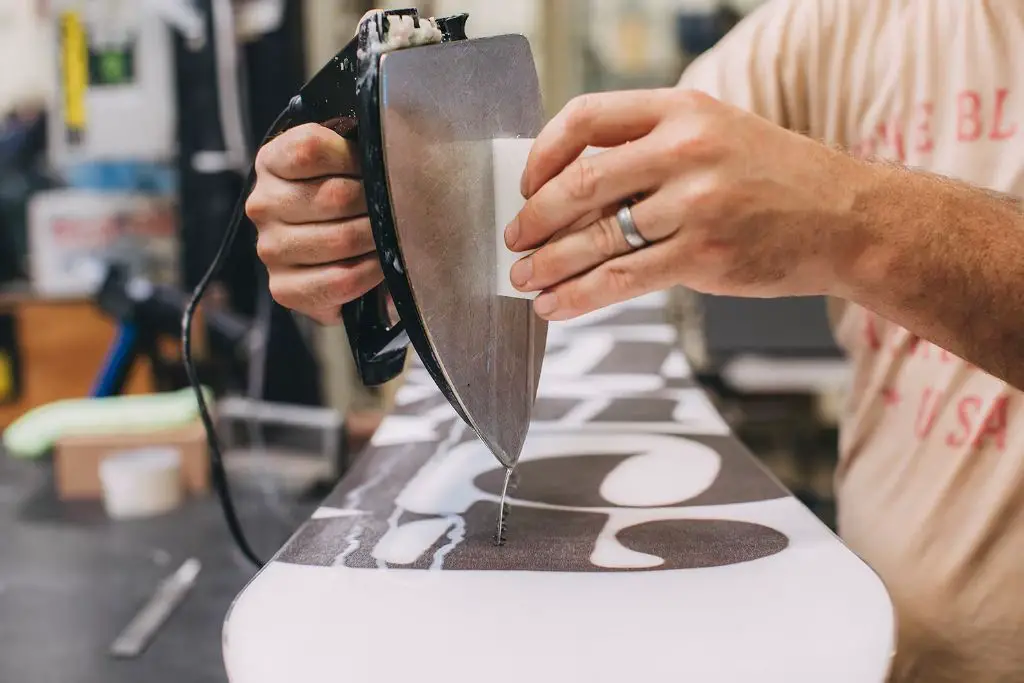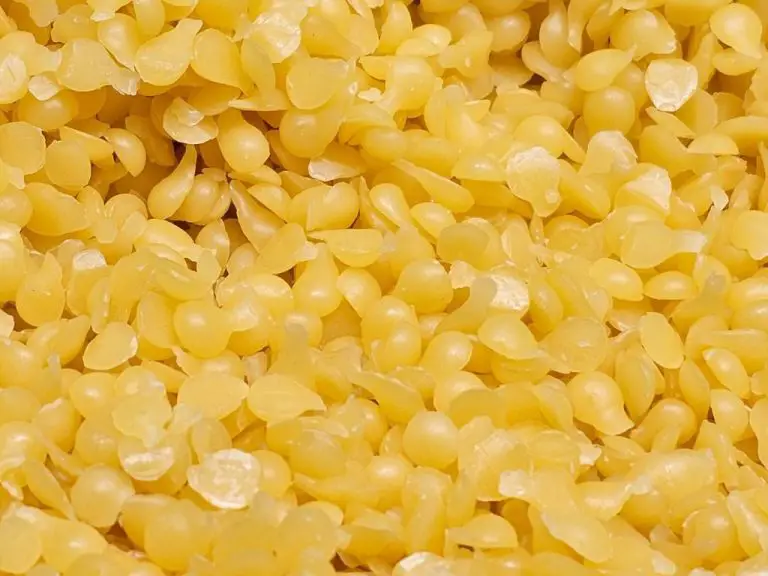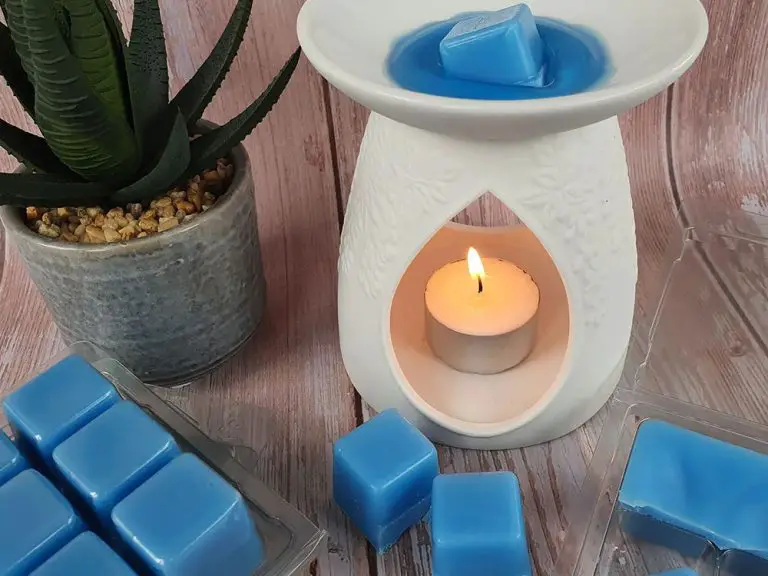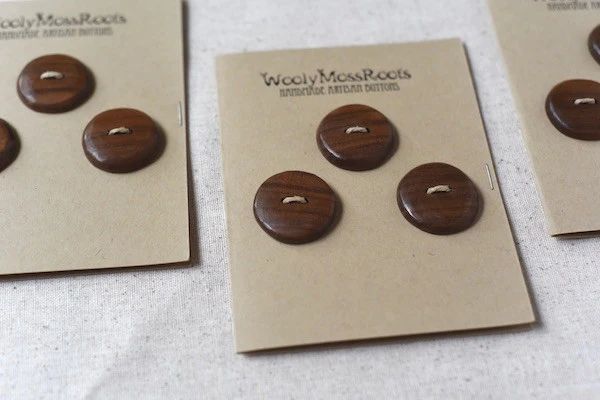How Do You Use Paraffin Wax?
What is Paraffin Wax?
Paraffin wax is a soft, colorless wax derived from petroleum, coal, or oil shale that consists of a mixture of hydrocarbon molecules containing between 20 and 40 carbon atoms. It is solid at room temperature and begins to melt at approximately 37°C (99°F), though its melting point can vary based on the specific paraffin wax grade.
Paraffin wax is extracted during the refining of crude oil. It is the residue leftover after the refining process removes the more valuable products like gasoline, naphtha, and diesel fuel from the crude oil. The residue is then further refined through the process of distillation to separate the various components, including lubricating oil and paraffin wax, based on their boiling points.
Chemically, paraffin wax consists primarily of straight chain saturated hydrocarbons, containing between 20-40 carbon atoms per molecule. The mixture of chain lengths gives paraffin wax a range of melting points, with the longer chains having the higher melting temperatures. The chemical composition gives paraffin wax its soft, malleable texture along with thermal stability and low reactivity.
Common Uses of Paraffin Wax
Paraffin wax has many common household and industrial uses. Some of the most popular uses of paraffin wax include:
Candles
One of the most well-known uses of paraffin wax is for making candles. The wax is melted and poured into molds to make candle shapes. Paraffin wax is ideal for candles because it burns cleanly and evenly, produces minimal smoke, and is inexpensive (Paraffin wax | Candle Making, Cosmetic Uses, Industrial Uses).
Waxing Skis and Snowboards
Applying a layer of paraffin wax to the bottom of skis and snowboards helps them glide more smoothly over snow. The wax fills in pores and grooves on the surface to create a slippery interface (Learn About Some Paraffin Wax Uses).
Cheese Wax Coatings
Dipping cheese in melted paraffin wax seals and protects the cheese while it ages. The wax coating prevents moisture loss and keeps the shape and appearance of the cheese. Paraffin-dipped cheeses like Edam and Gouda have a distinctive look (Paraffin wax | Candle Making, Cosmetic Uses, Industrial Uses).
Fruit and Vegetable Coatings
Applying a thin layer of paraffin wax to fruits and vegetables helps retain moisture and extend their shelf life. Wax coatings slow down ripening and prevent shriveling. Paraffin-coated produce like cucumbers and apples stay fresh longer (17 Ingenious Uses for Paraffin Wax).
Using Paraffin Wax for Canning
Paraffin wax has long been used by home canners to create a seal on jars of preserved foods like jams, jellies, and pickles. To use paraffin wax for canning:
– After filling jars with your canned goods, put lids and bands on fingertip tight. Process the filled jars in a water bath or pressure canner according to your recipe.
– When jars have finished processing, remove them from the canner and allow them to cool undisturbed for 12-24 hours. This allows the jars to seal as they cool.
– Once cooled, remove the bands and check the lids for an indent in the center indicating a vacuum seal. Jars that have not sealed properly can be refrigerated for short term storage or reprocessed within 24 hours.
– For any jars that have sealed properly, dip the lid and rim in melted paraffin wax. This provides an extra barrier against spoilage organisms and helps ensure a long lasting seal. Allow the wax to cool and dry completely.
– Properly sealed, waxed jars stored in a cool, dark place will keep 12 months or longer. The paraffin wax helps prevent food spoilage by providing an airtight seal on your preserved foods. However, according to sources like https://www.greedygourmet.com/condiments/equipment/paraffin-wax/, paraffin wax seals are no longer recommended for long term storage by the USDA due to potential mold contamination. For best results, store canned goods sealed only with lids, not paraffin wax.
Using Paraffin Wax for Candles
Paraffin wax is commonly used to make candles at home. Its low melting point, between 120°F and 150°F, makes it easy to melt and pour into candle containers or molds1. Proper wick sizing is important for a good burn. Use a wick with a diameter about 1/3 the diameter of the candle. The wax should be heated to 185°F before adding fragrance oils or dye2. Adding scents and colors at this temperature allows them to fully blend into the wax. Popular scents for paraffin candles are floral, food, and woodsy aromas. Liquid or powder dyes can produce any color candle you wish.
Using Paraffin Wax for Skis and Boards
Paraffin wax is commonly used on the bottoms of skis, snowboards, and other snow sports equipment to help them glide smoothly over snow and ice. When applied properly, paraffin wax provides a thin, hydrophobic layer that repels moisture and minimizes surface friction.
There are several factors to consider when using paraffin wax for winter sports gear:

- Creating a smooth glide – Multiple thin layers of wax are better than one thick coat. Rubbing the wax in with a cork or other applicator helps it adhere evenly.
- Repelling moisture – The hydrophobic properties of paraffin prevent snow and ice from sticking and slowing you down. Re-apply frequently for continued protection.
- Temperature considerations – Different wax formulas are optimized for different temperature ranges. Using the right one for the conditions prevents wax from becoming too soft or brittle.
Popular ski waxes like HS 20 work well across a wide range of common skiing temperatures. Racers and enthusiasts may use more specialized waxes for optimal performance. Proper paraffin wax application is crucial for speed, control, and enjoyment out on the slopes.
Using Paraffin Wax in Cheesemaking
Paraffin wax plays an important role in cheesemaking. Wax coatings help protect cheese from moisture, mold and bacterial growth. Paraffin wax provides a moisture barrier that helps keep cheese from drying out and cracking. The wax also prevents mold from growing on the cheese’s surface.
According to Cheese Making (2022), red cheese wax is “specially made for coating cheeses. It helps prevent unwanted mold growth” https://cheesemaking.com/products/red-cheese-wax. The wax seals out oxygen and seals in moisture to extend the cheese’s shelf life.
Unlike pure paraffin wax which becomes brittle, cheese wax remains flexible. This flexibility prevents the wax coating from cracking as the cheese ages and changes shape. Cracking could expose the cheese to air and moisture. According to Paramelt (2022), wax coatings “commonly based on paraffin wax” provide functionality like adhesion and moisture resistance https://www.paramelt.com/coatings/wax-based-coatings/.
Cheese wax coatings are food-safe and FDA-approved. The wax provides a protective coating that helps prevent foodborne illnesses. According to Blended Waxes (2022), cheese wax won’t become brittle like paraffin wax, and stays flexible https://blendedwaxes.com/blog/cheese-wax-vs-plastic-coatings/. The flexibility and moisture barrier properties make paraffin-based cheese wax ideal for food safety and extending shelf life.
Using Paraffin Wax on Fruits and Vegetables
Paraffin wax is commonly used as a protective coating on fruits and vegetables after harvest. Applying a thin layer of paraffin wax helps prevent spoilage and maintain freshness of produce during storage and transportation. The wax coating provides a barrier that slows down moisture loss and respiration, two factors that lead to faster spoilage of fresh produce.
Paraffin wax coatings are safe and effective for extending the shelf life of fruits and vegetables. According to research, paraffin wax is made of naturally-derived ingredients, making it a food safe coating (source). The wax is edible and approved for direct contact with food products.
Wax coatings like paraffin are commonly used on apples, cucumbers, citrus fruits, peppers, and squash. The wax application forms a protective seal that slows down moisture loss through the produce skin or rind. This allows the produce to retain freshness and withstand prolonged storage and transportation conditions while reducing shrinkage.
In addition to extending shelf life, paraffin wax coatings provide other benefits like improving appearance by adding shine, protecting produce from bruising, and preventing mold growth. Ultimately, paraffin wax allows consumers to enjoy fresher, higher quality fruits and vegetables.
Other Uses of Paraffin Wax
Besides the common uses of paraffin wax for canning, candles, and winter sports equipment, paraffin wax has a variety of other handy uses around the home and in industry. Here are some other common uses of paraffin wax:
Paraffin wax can be used as a lubricant to reduce friction on surfaces. A thin layer of melted paraffin wax applied to tools, screws, drawer slides, hinges, etc. helps protect the surface and reduce sticking and friction.
Paraffin wax is also useful as a waterproofing agent for fabrics and other materials. The wax can be melted and soaked into shoes, tents, tarps, and outdoor gear to make them repel water. It can also be used on matches and fire starters.
In cosmetics, paraffin wax has moisturizing properties and is found in some lotions, lip balms, and creams. It helps protect skin and retain moisture when applied topically. The spas sometimes offer paraffin wax treatments for moisturizing hands and feet.
These are just a few examples of the many diverse uses of paraffin wax beyond traditional candle making and canning. Its versatility makes it a handy product to have around for a variety of DIY projects and home uses.
Buying Paraffin Wax
When buying paraffin wax, you’ll need to decide between pure paraffin or blended paraffin. Pure paraffin wax comes in different melting points, with most between 120-150°F. Pure paraffin burns clean and allows fragrance oils to throw scent nicely. Blended paraffin contains additives like vybar or microcrystalline wax to harden the wax or make it more opaque. Blended waxes are often cheaper than pure paraffin.
Consider the quantity of paraffin wax you need for your project. Buying paraffin wax in bulk is cheaper per pound. If you only need a small amount, look for 1 pound slab paraffin wax. For making a lot of candles, buy 10-30 lb cases of paraffin wax beads or blocks. Wholesale paraffin wax can be purchased from candle making suppliers like CandleScience (https://www.candlescience.com/wax/paraffin-wax/) and Lone Star Candle Supply (https://lonestarcandlesupply.com/candle-wax/paraffin-wax/).
Make sure to buy wax with the proper melting point. Paraffin with 130°F melting point is a common choice for container candles. Lower melt point waxes like 120-125°F are good for pillars and votives which get hotter in the burning pool. Using the right paraffin wax melting point will minimize issues like wet spots.
Safety Precautions
When working with paraffin wax, it’s important to take proper safety precautions. Paraffin wax melts at temperatures between 117-147°F, so there is a risk of burns if handled improperly. Here are some tips for staying safe when using paraffin wax:
Proper ventilation is key. Melting wax produces fumes, so work in a well-ventilated area. Open windows, use fans, or work outdoors if possible. Avoid breathing in wax vapors directly.
Never ingest paraffin wax. While food-grade paraffin wax exists, the type used for arts, crafts, and candles is not meant to be eaten. Consuming paraffin wax can cause intestinal blockages.
Use care when melting wax to avoid burns. Use a double boiler, slow cooker, or wax melter to gently heat paraffin wax. Never microwave wax or place it directly on a stovetop. Wear gloves when handling melted wax. Keep children and pets away from hot wax.
Have a plan in case of burns. Keep burn gel and cold compresses on hand. For minor burns, run under cool water for 5-10 minutes. For severe burns, seek medical attention. Do not apply ice directly to the skin.
Proper storage is also important. Keep wax away from open flames, sources of heat, and children/pets. Store in a cool, dry place.
By taking sensible precautions, paraffin wax can be used safely for crafts, canning, and more. Just be mindful when handling heated wax and avoid ingesting it.





